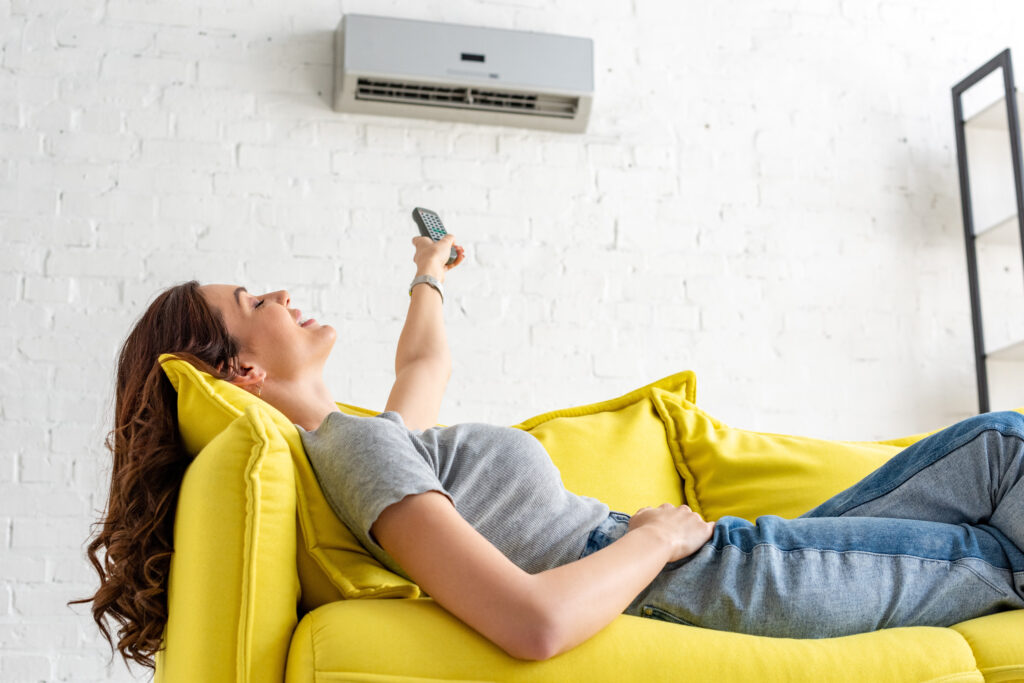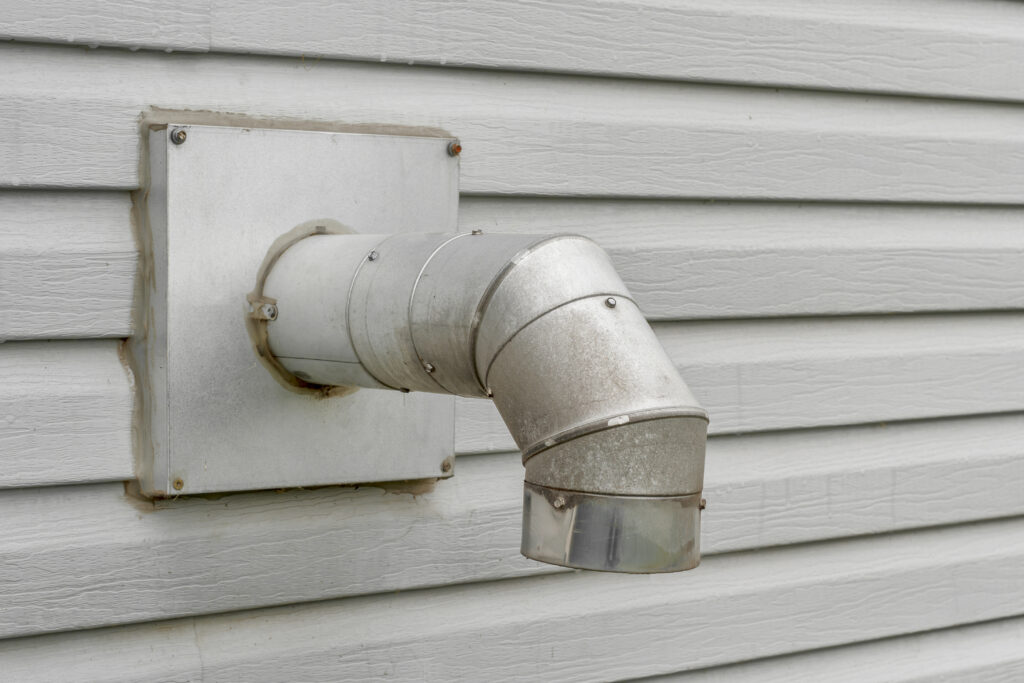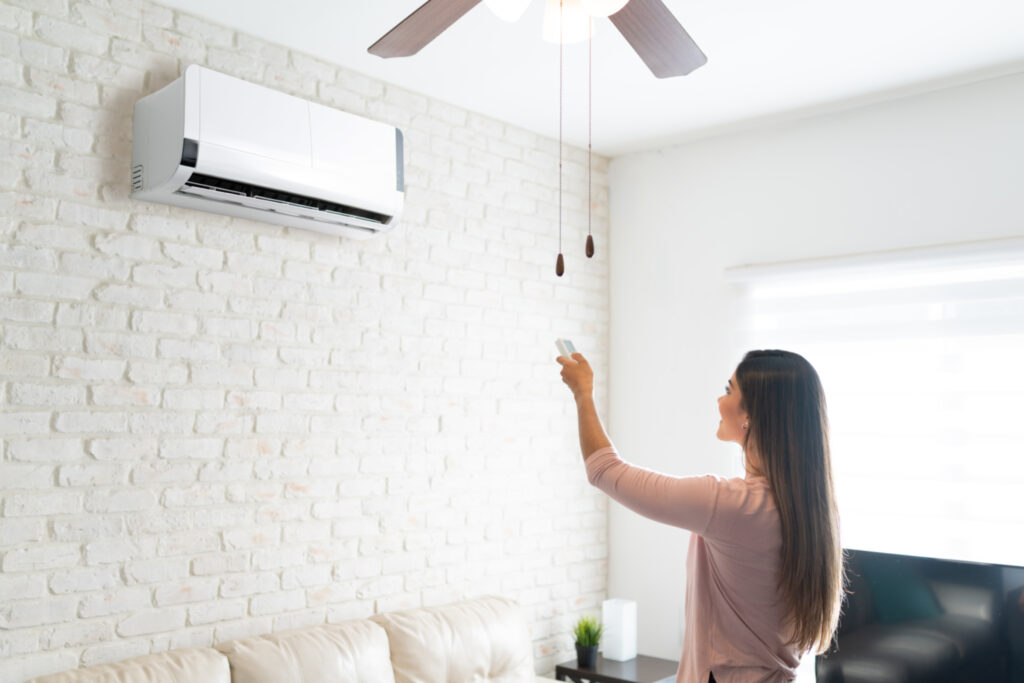Should You Upgrade Your Central AC System? A Homeowner’s Guide to Smarter Cooling
If you’ve found yourself Googling things like “why is my AC so loud?” or “how long does an AC last?”, you’re not alone. Upgrading your central AC system is one of those home projects that sounds huge—because, yeah, it kinda is—but also potentially game-changing. Especially if your current unit is older than your last flip phone. Whether you’re sweating under patchy cooling or just curious if an upgrade is worth it, understanding how central AC works, when it needs replacing, and how it ties into your home warranty (hello, potential savings!) is step one. Let’s break it down.
What Exactly Is Central Air Conditioning?
Okay, central air conditioning—let’s get the basics out of the way. Unlike window units or portable systems that cool one room at a time, central AC is a whole-home cooling solution. One powerhouse system, usually consisting of an outdoor unit and an indoor coil, circulates cool, dehumidified air throughout your space using the ductwork already built into your home. It’s like the difference between eating a pint of ice cream with a spoon and turning your whole freezer into a personal Arctic. Central AC is efficient, sleek (no big boxes hanging out your windows), and automated.
How Does a Central AC System Work?
Think of your central AC like a conveyor belt for air. The system pulls warm air from inside your house through return vents. That air is pushed over cold evaporator coils inside your HVAC system’s indoor unit. These coils chill the air as refrigerant inside them captures the heat. Then that heat gets expelled outdoors via the condenser unit—yeah, that large humming box in your backyard—while the now-chilled air shoots through your ductwork and out your vents. The thermostat is your commander-in-chief, telling the AC when to kick on or off based on the temperature you’ve set. Simple(ish) season-long comfort on command.
When Should You Upgrade Your AC?
So, why even bother? Well, if your current system is between 10 to 15 years old, you’re probably already noticing signs of fatigue—think inconsistent cooling, rising energy bills, excessive noise, or just way too frequent repairs. Oh, and if you’re still using R-22 refrigerant (you know, the coolant that’s been phased out due to its environmental impact), that’s a flashing neon sign saying it’s time. Modern systems use eco-friendlier R-410A and are way more energy-efficient. Plus, newer systems are designed to work smarter—not harder—meaning fewer repairs and better integration with programmable thermostats or smart home platforms. Basically, goodbye old clunker, hello chill efficiency.
Pros and Cons of Upgrading Your Central AC
Now, big decisions come with pros and cons. Let’s talk about the good stuff first: Upgrading your unit probably means lower energy bills, better comfort, quieter operation, and an increase in your home’s resale value. Seriously—buyers love efficient systems that won’t need immediate replacement. There’s also the environmental factor. Newer units meet stricter efficiency standards, reducing your carbon footprint while keeping you cooler.
But let’s be real for a second—it’s not all sunshine and frosty air. Upfront costs can sting. A new AC unit and installation can run you a few thousand bucks depending on the size and complexity. Also, installation isn’t always plug-and-play. If your ductwork is leaky or outdated, you may need some sweat equity there too. Scheduling can be another thing. Summer? Everyone’s upgrading. Think spring or fall for the best appointment availability.
What Happens If You Don’t Upgrade?
Okay, not to fear-monger here, but delaying an AC upgrade can snowball into bigger (and honestly more expensive) issues. An older unit loses efficiency over time, meaning higher utility bills and lower performance. Not great if you’re already cranking it to 68°F just to feel mildly human in July. What’s worse? Constant repairs. If you’re dropping hundreds every season on emergency technician visits or refrigerant top-offs, you’re kind of burning money. There’s also the wear and tear on your electrical system—yes, really. Outdated units can strain your panel, breakers, and connections. That’s a safety risk.
How Does This Tie Into Home Warranty Coverage?
Right, so here’s where it gets interesting—and way more budget-friendly. Home warranty providers, like Armadillo, often cover HVAC systems under their plans. That includes central AC components like compressors, motors, and fans. But—and this is super important—most warranties won’t cover pre-existing conditions or units that haven’t been well maintained. So, if your aging system goes kaput and you haven’t kept up with filter changes or ignored that sketchy rattling noise, you might not be covered. This makes now a strategic time to upgrade. Install a new system, register it, and get it covered under a comprehensive home warranty. It’s like future-you just gave present-you a financial high-five.
Why Armadillo Makes All of This Way Easier
Whether you’re looking to extend the life of your new cooling system or protect what you’ve already got, a home warranty from Armadillo gives you peace of mind—and, let’s be honest, fewer surprises in your budget. Their plans are transparent, easy to manage, and tailored to real-life homeowners who’d rather fix their comfort levels than scramble for HVAC quotes every summer. Plus, their claims process is refreshingly smooth. Armadillo simplifies homeownership without throwing in unnecessary fluff. Start by exploring coverage options at armadillo.one or jump right into finding the perfect plan by visiting their plan builder here. Because staying cool should be effortless—and honestly, a bit fun.


























